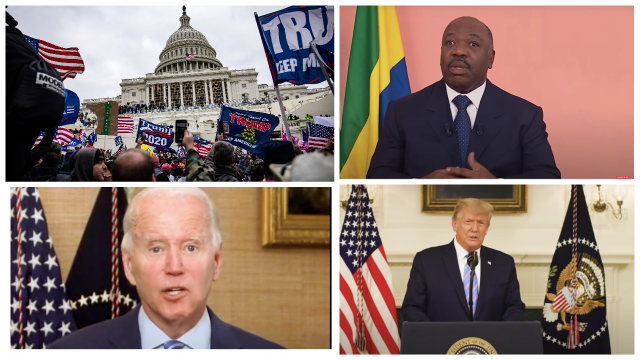Digitally altered and AI-generated videos, dubbed “deepfakes,” have existed for years and have recently seen drastic improvements. Those videos, mixed with the extreme reach of social media and declining trust in traditional media, have experts worried of harmful rises in political disinformation; those same experts are also worried we’re quickly approaching a new, more complicated issue: lawyers and liars claiming real videos are fakes. How to authenticate a piece of media is now a pressing legal question, one that’s playing out in the courts right now. We’ve collected a few examples.
For years now, academics have feared the rise of increasingly convincingly looking deepfake video could make it easier for bad actors to brush aside real videos as potentially manipulated. These scenarios, which some have dubbed “the liars dividend” creates a particularly insidious situation in jury trial settings where attorneys for either the defence or prosecution simply need to instill some doubt into a jury’s mind. If deepfake are indistinguishable from reality and present everywhere one looks, how can anyone confidently claim any single video is true?
Luckily, we haven’t reached that particular singularity yet, though there are signs that day may be approaching faster than some have expected. Tesla lawyers, in recent weeks, tried to have a video of CEO Elon Musk overselling self-driving features dismissed as evidence with the justification that he is a common subject of deepfake videos. The video was real, though. In another case two years ago, prosecutors actually had to backtrack after they falsely claimed the mother of a high school cheerleader used deepfake technology to harass teenage girls. Courts, in each of these cases, made the right decision but there are no real legal principles in place that guarantee that will be the case in the future.
Issues of people crying deepfake aren’t limited to courtrooms either. Multiple real videos of politicians in recent years have been decried as deepfake leading to min conspiracy theory-filled news cycles. In one case in the West African country of Gabon, false deepfake claims contributed to coup d’é tat.
Continue reading below to seem more examples of real videos being decried as deepfakes.
Elon’s Lawyers Tried to Say His Overly Bold Self-Driving Claims Were Deepfakes
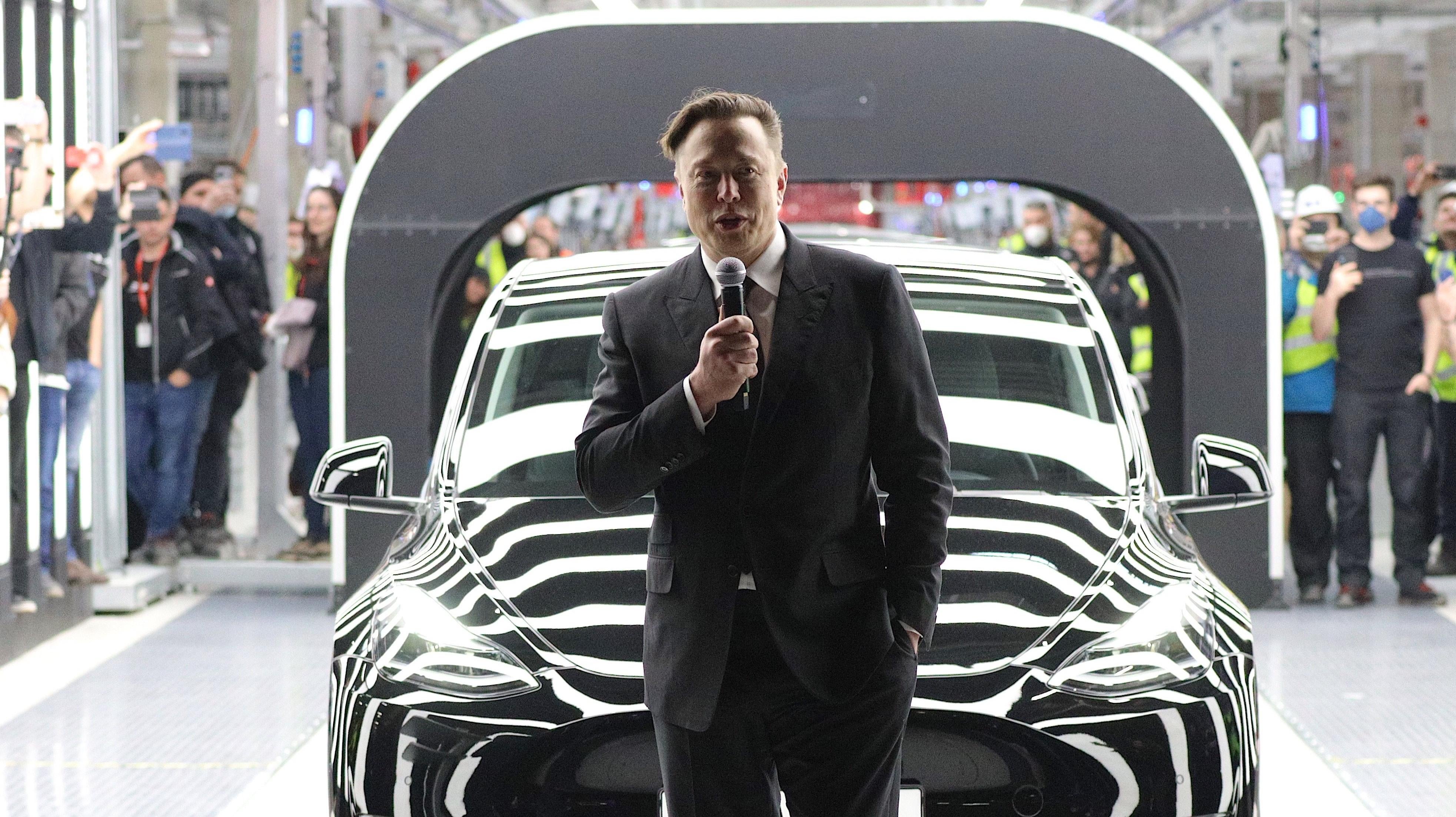
Tesla lawyers earlier this year got caught in possibly the highest profile case of attorneys attempting to write off legitimate video evidence as a potential deepfake. Relatives of a man who died while using his Tesla’s self-driving feature referenced a 2016 video of Musk claiming his vehicles could drive autonomously “with greater safety than a person,” as evidence the CEO’s past statements oversold the technology’s capabilities. Tesla’s defence tried to argue in court that it couldn’t admit or deny the authenticity of Musk’s public statements because he’s the frequent subject of deepfaked videos.
The judge in the case, Evette Pennypacker, fiercely condemned Tesla’s “deeply troubling” obfuscation and warned arguments like that threatened to do long-lasting damage to the legal system if followed to their logical conclusion.
“Their position is that because Mr. Musk is famous and might be more of a target for deep fakes, his public statements are immune,” Pennypacker said. “The Court is unwilling to set such a precedent by condoning Tesla’s approach here.”
January 6 Rioter Tried to Use Deepfake Argument To Toss Aside Evidence
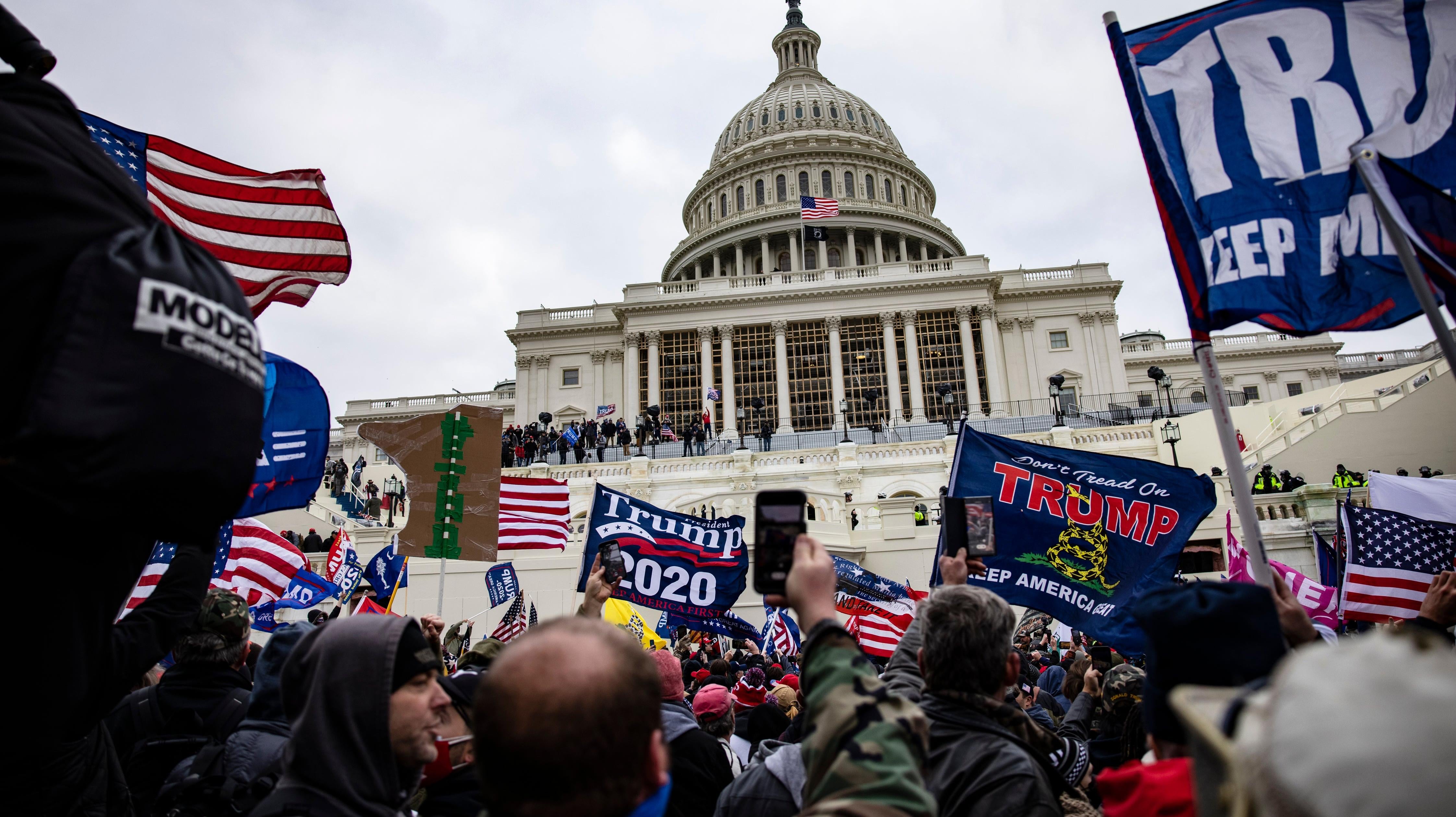
Two years ago, millions of Americans watched in real-time as a horde of rioters, some adorned in Viking gear, seized the nation’s capital more than two years ago. Lawyers for Guy Reffitt, one of the most prominent offenders and the first person charged in the attacks, tried to claim that video footage depicting the event couldn’t be true because, theoretically, have been deepfaked.
During the trial, Reffitt’s lawyer grilled an FBI agent about deepfakes, arguing prosecutors could not prove an image appearing to show Reffitt storming the capitol with what looks like a weapon holster on his waist wasn’t faked or altered. The attorney, who was trying to convince the jury Reffitt was unarmed during the riots, said observers couldn’t necessarily trust what they saw.
“You do not know who prepared them, [the images] how they were prepared, how they were enhanced or when,” the attorney said during the trial.
Biden’s Lack of Blinking Leads Critics to Cry Deepfake

There’s no shortage of deepfaked videos out there purporting to show US politicians doing things they didn’t do, but now there are a handful of real videos critics swear are fake. In a recent example, users on social media and right-wing pundits at Newsmax and OAN tried to claim this 17-second video of President Joe Biden speaking about the January 6 attacks on the capitol was a deepfake. The rationale? Odd lighting and Biden’s odder refusal to blink.
“You can’t be pro-insurrection and pro-American.” —@JoeBiden pic.twitter.com/ufJxWPruj4
— The Democrats (@TheDemocrats) July 26, 2022
Biden’s facial expressions in the video definitely look, well, weird, but the president looks borderline non-human in many videos. The blinking argument doesn’t hold up anymore, in part, because deepfake technology already has the ability to make fake faces blink. The White House also released a longer version of the video that shows Biden blinking, eventually. Multiple fact-checkers have proven the video is genuine, but the sudden viral conspiracy shows how the uncanny valley of deepfake tech can muddy the water, especially for people with irregular facial expressions.
Donald Trump’s Supporters Thought His Scolding of Rioters Was Fake
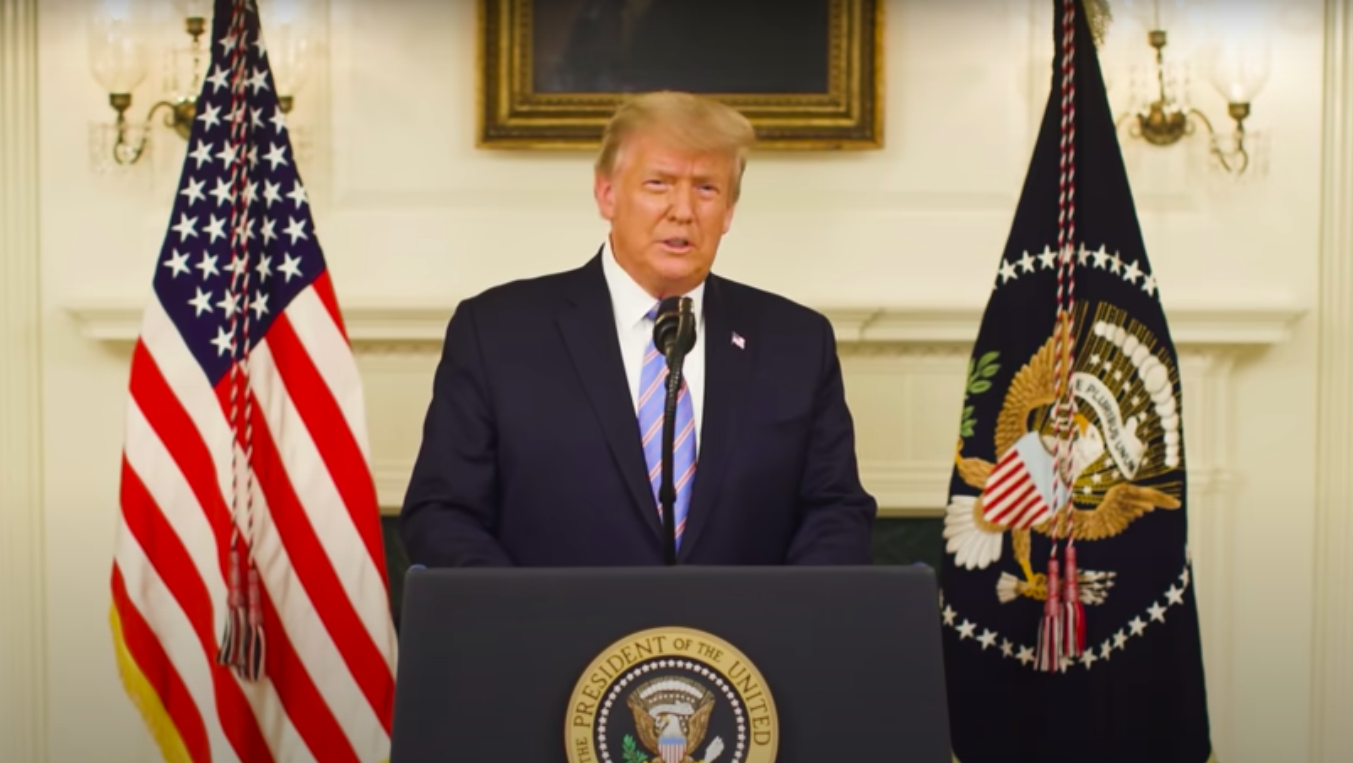
Back in 2021, former president Donald Trump’s most rabid supporters tried to claim this video of him (lightly) condemning those involved in the January 6 attacks on the capitol was actually an advanced deepfake. In the video Trump, who just days before encouraged those same rioters to try and upend the 2020 election, claimed he was “outraged” at his supporters who “defiled the seat of American democracy.”
Mixed messages, to say the least, but the video was not deepfaked. Still, some supporters refused to believe Trump’s statements and claimed perceived discrepancies in the former president’s hair colour or his head movement proved the video was a fake. It wasn’t.
The White House released a #DeepFake video. No way that was the @realDonaldTrump.
— Mike Hirschberg (@vstol) January 8, 2021
‘Deepfake’ Claims Helped Lead to a Coup in Gabon
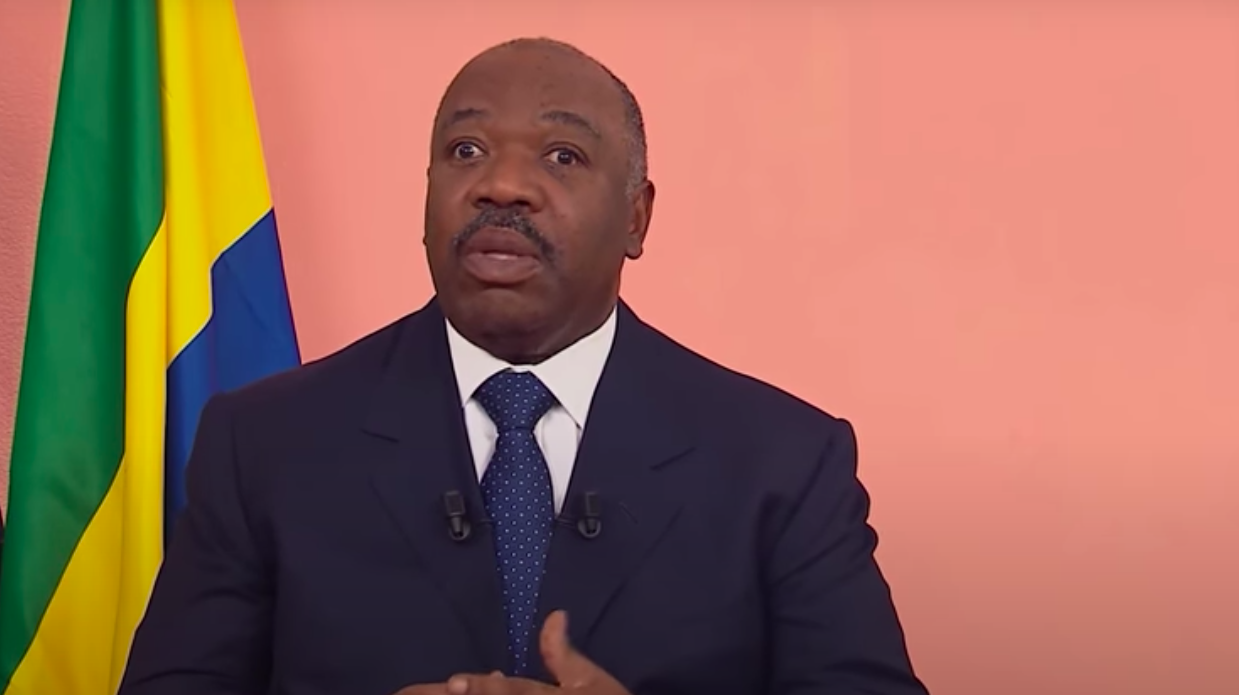
AI researchers and misinformation experts have, for years, warned deepfakes, or inaccurate claims of deepfakes, could have devastating consequences for democracy. In the West African country Gabon, such false claims have already helped spark a coup d’etat. In 2018, the country’s ailing president Ali Bongo Ondimba returned from a trip to Saudi Arabia after reportedly experiencing a health issue. Ondimba didn’t make public appearances for weeks which led to an outpouring of rumours speculating about the severity of his ailment. Critics started claiming the few images released showing Ondimba in public were actually body doubles.
When Ondimba finally addressed the public in a much anticipated New Year’s Eve statement, some rushed to claim it was the result of deepfake technology. Viewers said his unusual facial expressions, which were likely the result of him suffering a stroke, were actually signs of digital manipulation. Already frustrated political opponents used the deepfake argument as a justification to take action and reclaim political power. Within days, armed soldiers from Gabon’s elite Republican Guard took control of a radio station and called on the public to “Rise up as one and take control of the street.”
The So-Called ‘Deepfake Cheerleader Mum’ Was Actually Awful Without Any Help From Digital Manipulation

Raffaela Spone, a Pennsylvania woman who earned the moniker “deepfake cheerleader mum” for allegedly using manipulated images to cyberbully teenage girls, was in fact wrongly accused. Prosecutors had originally alleged Spone, a 50-year-old mother of a cheerleader, had sent doctored images of other teen girls using a vape pen, drinking, and using drugs, to the team’s coach in an effort to get them booted off the squad. The teens reportedly appeared nude in some of the images. Prosecutors at the time alleged Spone had scoured through the teens’ social media profiles and used deepfake tech to doctor the images. The problem is, those accusations were false.
Around a month after the charges were announced (and after just about every news site covered the case) prosecutors embarrassingly released a statement admitting there wasn’t any evidence the media in question was falsified. Digital forensic experts speaking with the Washington Posts said the images in question were, in fact, “blatantly authentic.” But maybe don’t shed a tear for Spone too soon. Though she may not have used deepfake she did still reportedly harass then teen even telling one to “kill yourself.”
GOP Candidate Claims George Floyd’s Death Was Deepfaked
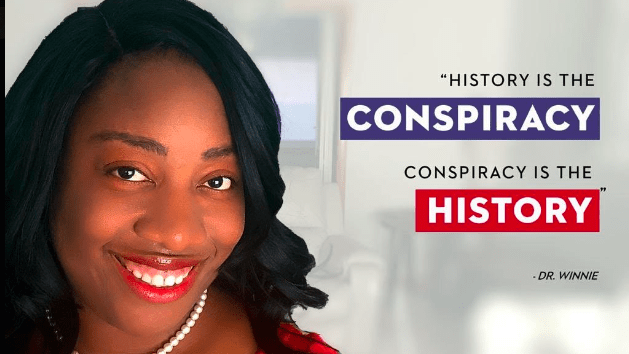
In 2020, as cities around the US and the world rumbled with the roar of protesters demanding justice for recently killed George Floyd, one Missouri Republican candidate was claiming the now infamous video depicting his death was a deepfake. Winnie Heartstrong, who was running to take over a house seat near St. Louis released a conspiracy-laden, bonkers 23-page document where she claimed those involved in the video showing Floyd’s death were actually “digital composites of two or more real people to form completely new digital persons using deepfake technology.”
The use of deepfake technology has serious implications for American civic and political life. We call on President Trump @realDonaldTrump and AG Barr @TheJusticeDept to launch an investigation into the death of Mr. Floyd.
Sign here: https://t.co/DNytdWqtR2 #FalseFlagsMatter
— Dr. Winnie Heartstrong for Congress (@realDrWinnie) June 15, 2020
The bizarre document falsely alleged Floyd died long before the video in question was taken. It also erroneously claimed Derek Chauvin, the former Minneapolis police officer who was sentenced to nearly 23 years in prison for a second-degree murder charge, was actually Cash Cab host Ben Bailey.
Trump Critics Were Convinced a White House Lawn Speech Was Green Screened
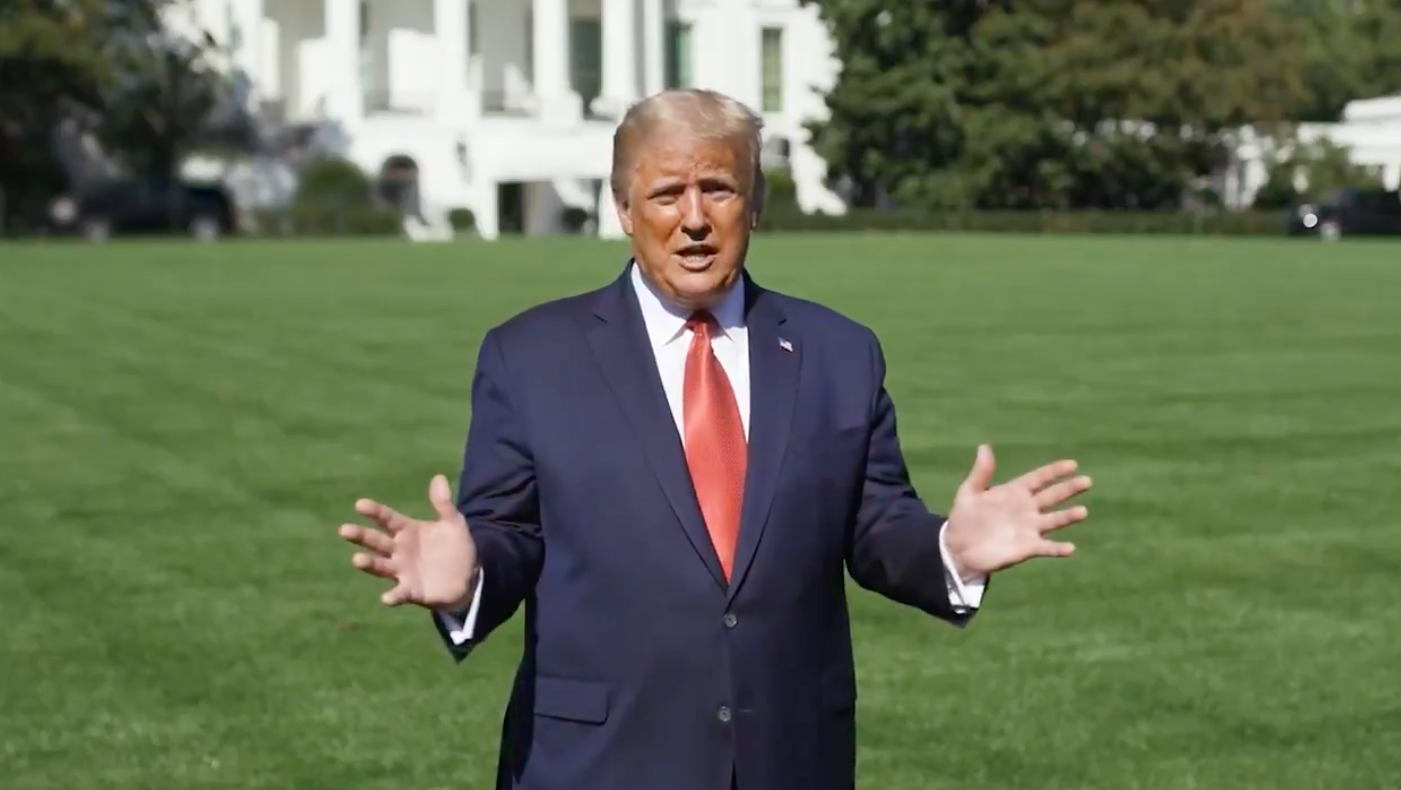
In the waning days of his term, former President Donald Trump found himself on the receiving end of possibly one of the oddest deepfake adjacent allegations. Trump posted this video of himself giving a speech on the White House lawn and almost immediate commenters flooded the internet to devise a conspiracy theory. Trump, they alleged, wasn’t in front of a lawn at all, but was in a studio with a green screen.
TO MY FAVORITE PEOPLE IN THE WORLD! pic.twitter.com/38DbQtUxEu
— Donald J. Trump (@realDonaldTrump) October 8, 2020
The grainy quality plus seemingly off, loop-like movements of the trees in the background convinced some Trump was up to something suspicious. Political commentators, including major figures like MSNBC’s Chris Hayes, ran with the idea and amplified the greenscreen conspiracy. In reality, digital forensics experts speaking with BuzzFeed at the time said there was a much simpler solution: the video was just heavily compressed.
I think it’s pretty clearly a green screen. The sharpness of the outline and the lighting. Also it’s a very long way to bring a sick president to shoot something when you have the Rose Gardenl. https://t.co/bBZyb2m0Fs
— Chris Hayes (@chrislhayes) October 8, 2020
